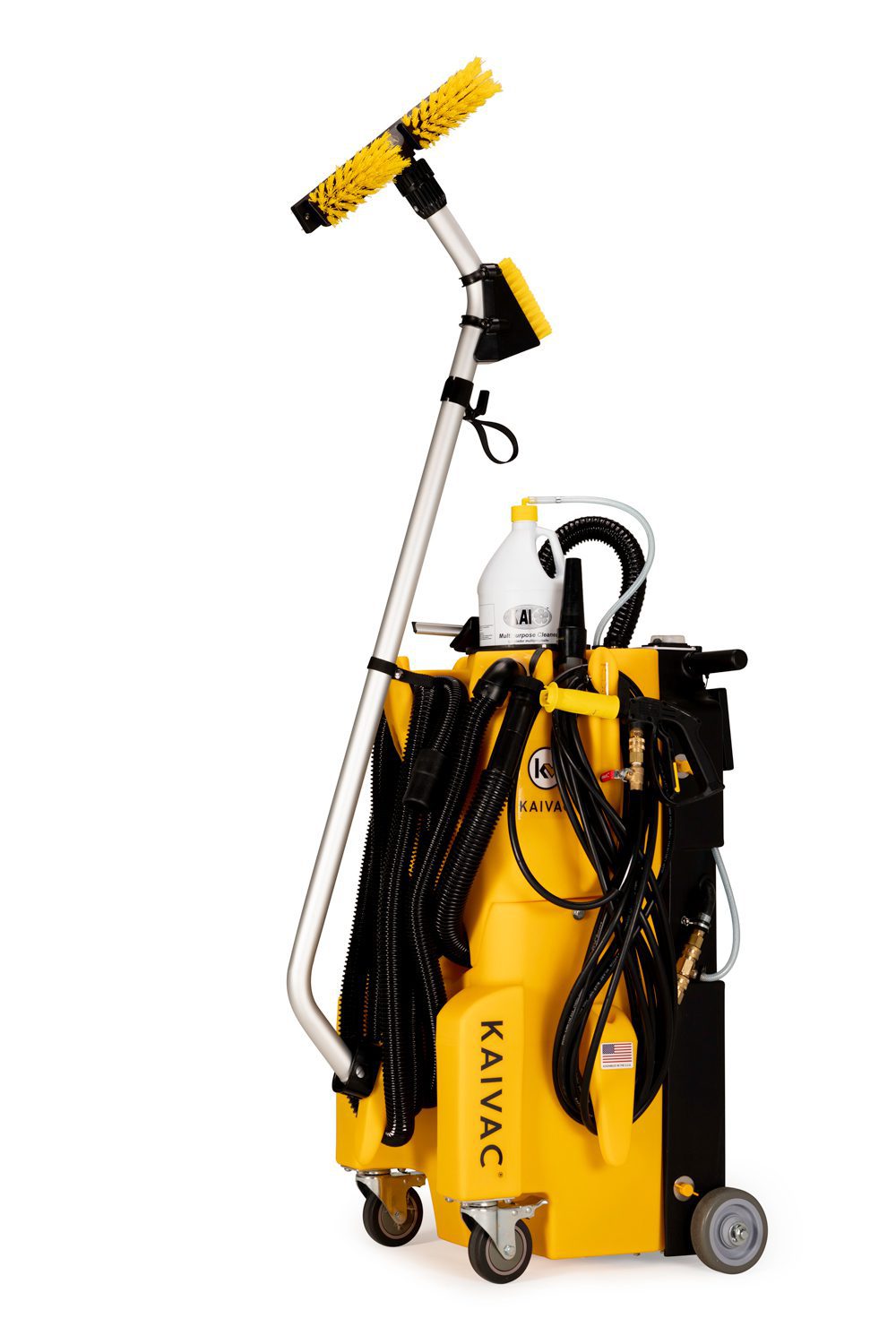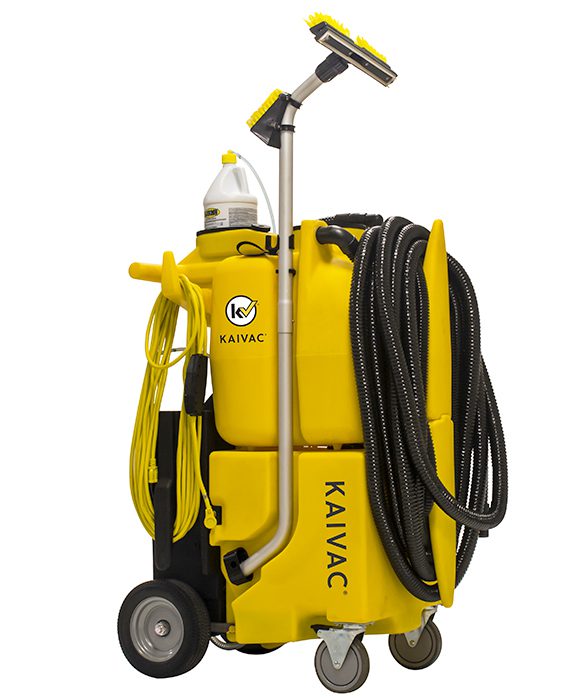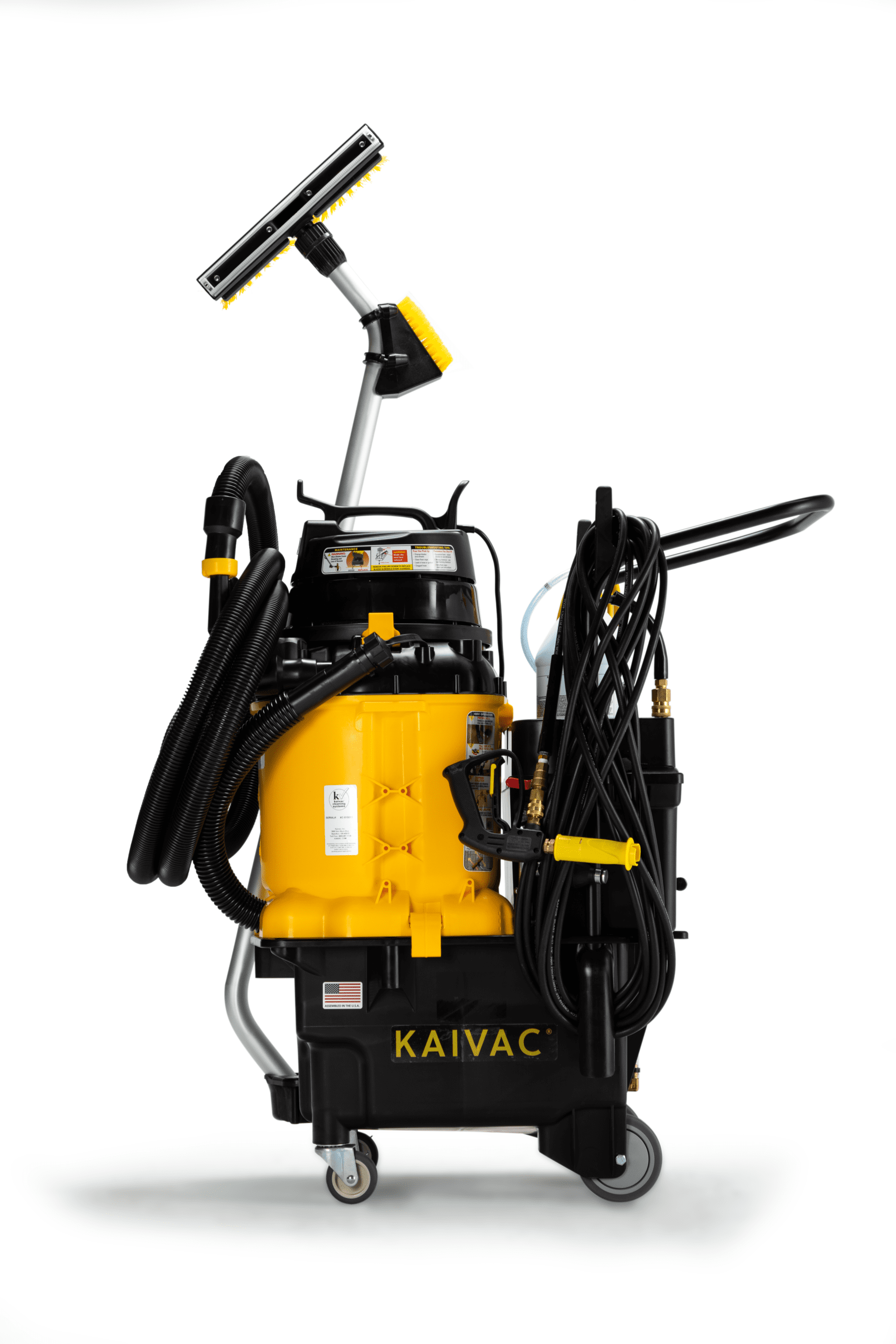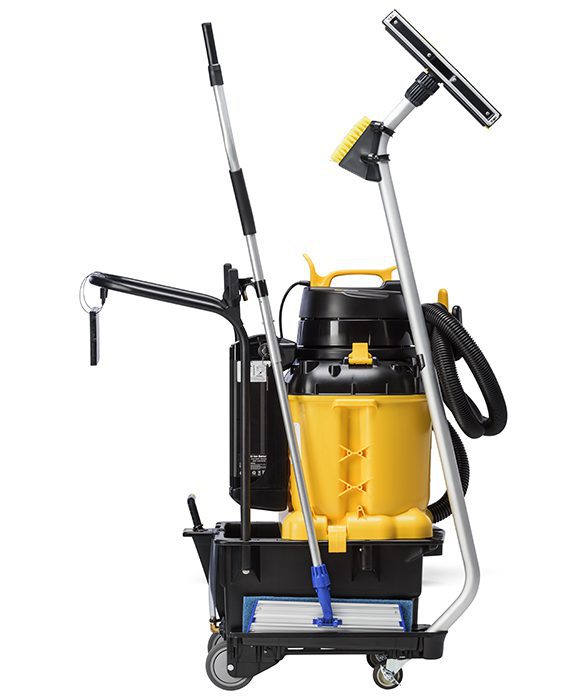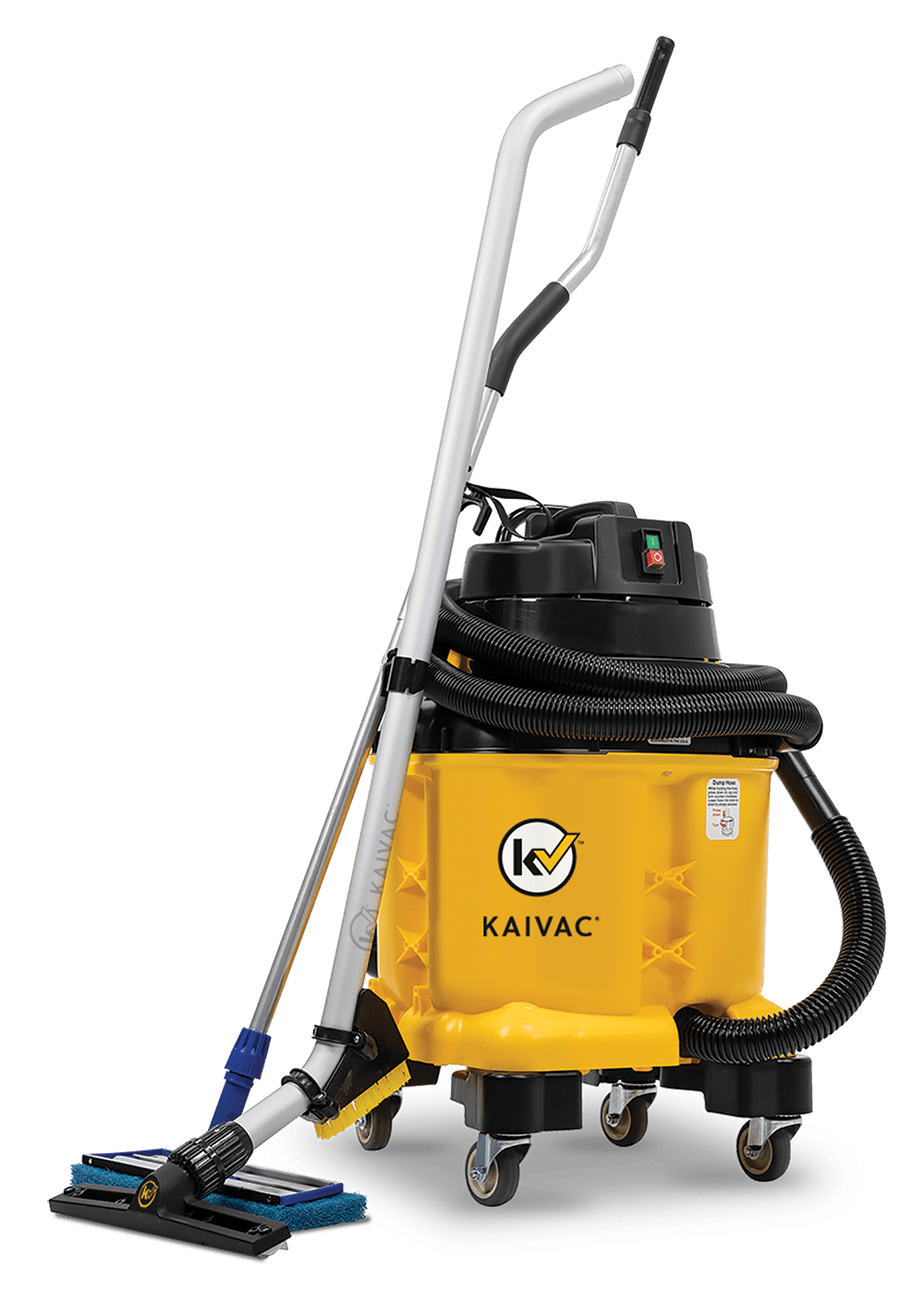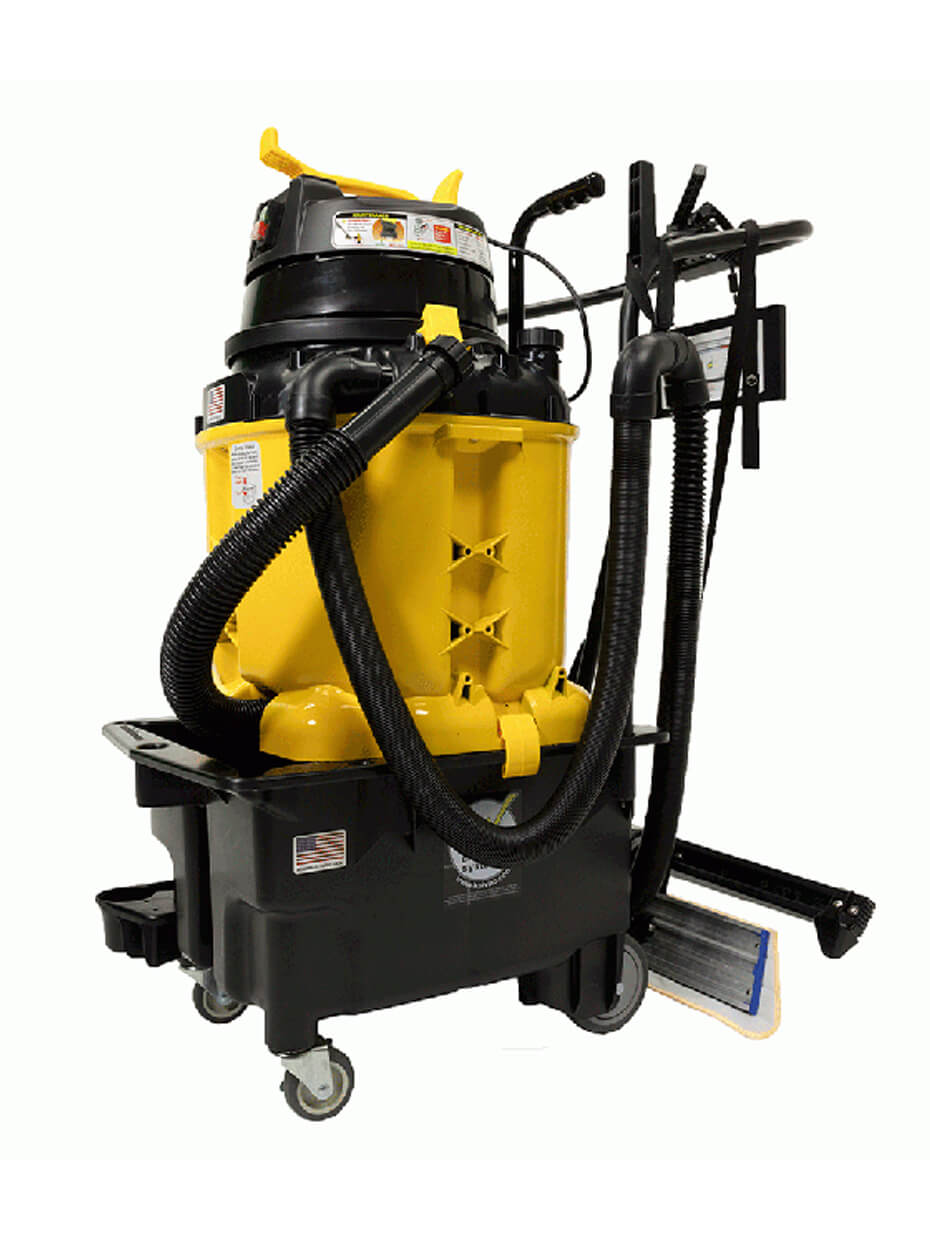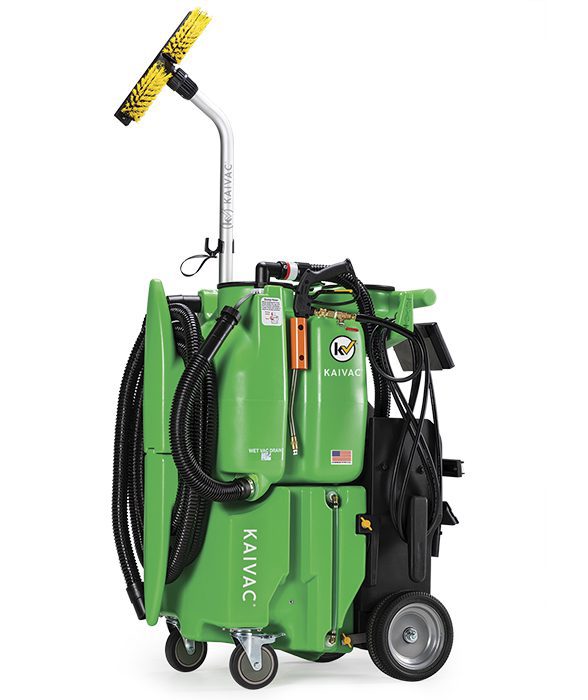Understanding best practices for cleaning patient rooms helps protect human health. Obviously, we demand the highest level of cleanliness in critical healthcare spaces like hospital ICUs and recovery areas. But increased bioburden can be found in the most mundane medical setting.
Haphazard practices for cleaning patient rooms in hospitals, clinics, and doctor’s offices may leave dangerous germs and pathogens in place. This exposes the patients, medical staff that serve them, and even the community at large, to a variety of illnesses.
Following the best practices for cleaning patient rooms and congregant spaces lowers that risk.
Cleaning Patient Rooms for the Rise of MDROs
Healthcare associated infections, or HAIs, spread when patents, visitors, or healthcare workers touch contaminated surfaces and then transfer the microbes to another person, or themselves.
Unpleasant illness, like the cold and flu, can be transferred this way. But its the Multi-Drug Resistant Organisms, or MDROs, that really keep infection preventionists up at night.
This alphabet soup of threats includes:
- MRSA
- VRE
- C. diff
- ESBL
- CRE
- Candida Auris
A staggering number of people, 99,000, die from these HAIs each year. But even surviving one of these illnesses can have life altering effects. And the problem promises to get worse. The World Health Organization predicts that MDROs will be the leading cause of death by 2050.
Cleaning Patient Rooms for Health
Properly cleaning patient rooms and common spaces will help protect health. In a hospital setting this job falls to the environmental services team. These specially trained workers should know how to clean occupied, turnover, and terminal rooms. They should also be guided by the hospital’s infection preventionist who is aware of emerging pathogen threats and the right chemicals to counter them.
Outpatient clinics and medical offices usually don’t have a dedicated environmental services team or an infection preventionist to guide them. Instead, the medical office staff is often tasked with cleaning during the day. Yet cleaning patient rooms and spaces is just as important for health and safety.
Medical Economics magazine lays out the five best practices for cleaning a medical office. The article stresses the importance of disinfecting in high-traffic areas. This includes anything a person may touch like the furniture in the waiting area, drawer handles, faucets, cabinets, and sinks. It also includes phones, computer equipment, clipboards, pens, and counters.
Dusting is also important. “Dust-associated microbes, such as Methicillin-resistant Staphylococcus aureus (MRSA) and Acinetobacter, settle on rarely cleaned or inaccessible surfaces such as shelves, highly placed equipment such as televisions and monitors, power cords and leads and computer keyboards,” writes infection preventionist J. Darrel Hicks in Healthcare Facilities Today. Be sure staff actually removes dust with the proper tools (and leaves the feather duster at home.)
Exam rooms should be cleaned thoroughly after each use. Use proper disinfecting chemicals on lights, countertops, treatment chairs, doorknobs, light switches, and other touchpoints. Be sure to follow directions around dwell time.
Restrooms also need cleaning and restocking throughout the day. Be sure office staff understand the risks of cross contamination. That means cleaning the cleanest areas, like the sink and counter, first and saving the dirtiest areas, like the toilet for last.
Floors also need attention. Microfiber mops are a good choice for removing dirt and pathogens. Other tools, like the Spray-and-Vac from Kaivac, are another option. This technology fully removes dirt, germs, and pathogens from hard surface floors quickly and easily.
Click here for more ideas about cleaning patient rooms.


